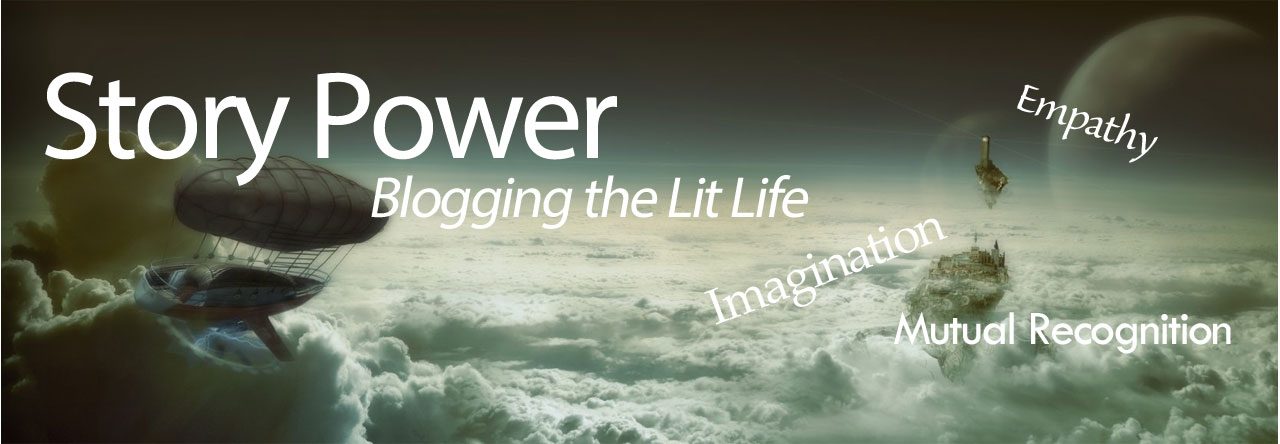“The King and I”, a classic American movie musical that almost everyone can find themselves singing along to. When thinking about the topic of orientalism the first thing that automatically comes up in my mind is this movie. Even if you were to ignore the white people playing Asian people, it would still be hard to ignore the other insensitive issues that are apparent in this movie. Let’s briefly go over the plot, the story follows a young teacher who is sent to a fictional place in Asia called Siam where she has to teach the King’s wives and all of his kids English. She teaches the English language as well as customs and etiquette to the royal family in order to make them more “Modern”. One of the prime examples of orientalism is the purpose of Ms Loenowens’ trip. Like I said before, she is teaching the Royals of Siam how to be proper so they can look good for the many other Europeans who are visiting to decide if they’ll “accept” the kingdom. It is clear that Ms Loenowens is trying to white-wash their culture, and it is seen as the “right thing” in the movie.

Another big issue with the movie is how the King of Siam is portrayed. The barbaric and poorly mannered king is a horrible representation of Asian culture. Apart from the messed up portrayal of some of these characters, many of the actors playing the people of Siam are white when the characters are Asian. The man who plays the king is a Russian- American actor and the woman who plays Tup-Tim is Puerto Rican. Casting people who don’t have an eastern ethnicity is a very distasteful way to put on a film. Overall, the Westernization of the characters in, “The King and I” is a prime example of why Hollywood needs to understand the history of what they’re portraying. Maybe we can learn from these mistakes and not repeat them. I have already seen significant change since the release of this famous film.



